The Hazards Of CFL Bulbs
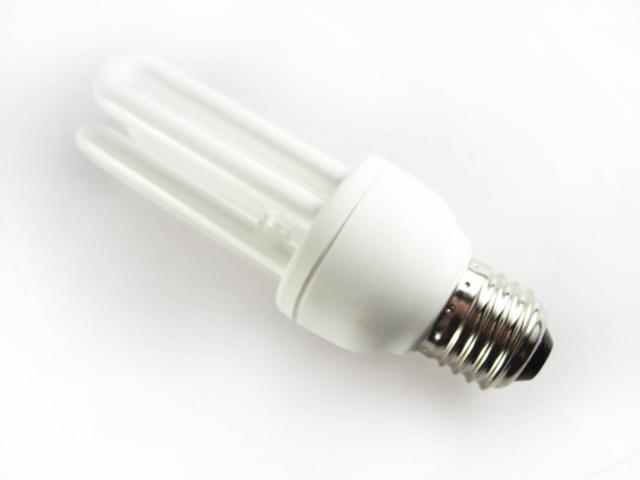
Finding the right light bulbs for your home or business often has people balancing a few different factors like cost, energy efficiency, lifespan, and safety. Many people opt for the use of compact fluorescent bulbs or CFL bulbs in their homes. They are more energy efficient than their incandescent alternatives but they do pose some hazards that consumers should be aware of. With so many people making the switch from older lighting technologies, it is important to take the time to learn about potential hazards associated with these newer bulbs.
CFL bulbs are relatively common and popular among households and businesses but it is important to be aware of the serious hazards and safety concerns around using these types of bulbs. With the potential for fire hazards and mercury use, there are some serious drawbacks to using this type of bulb. Let’s look into some of the concerns and dangers of using CFL bulbs and go over some great alternatives to keep your home bright and safe.
Prone To Fires
One of the largest concerns when using CFL bulbs is their ability to cause fires in houses and facilities. Most people don’t think of their lightbulbs as capable of starting a fire in your home or business. Towards the end of the lifespan of a CFL bulb, they are capable of starting fires. When a CFL bulb can no longer produce light, the electronics that light it up will still attempt to light the bulb. This causes a build-up of heat. This overheating can lead to smoke, a pungent odor, and even flashes and sparks that can cause a fire. When you consider the potential financial loss of a fire, it makes sense to invest in new lighting systems to protect your investments.
The internal ballast on CFL bulbs is the white housing above the socket where you screw the bulb into a light fixture or lamp. Sometimes the internal ballast fails from improper use, incompatibility with devices or fixtures, or extended use. This causes a burning through of the outer housing of the bulb. When this happens, you may see a flame that resembles a blow torch. This faultiness leads to fires in homes and businesses and is not safe. Knowing the hazards and the fact that CFL bulbs are prone to fires is important for every consumer to be aware of. You want a bright home and workspace but not at the sacrifice of the safety of your family, facility, or workers.
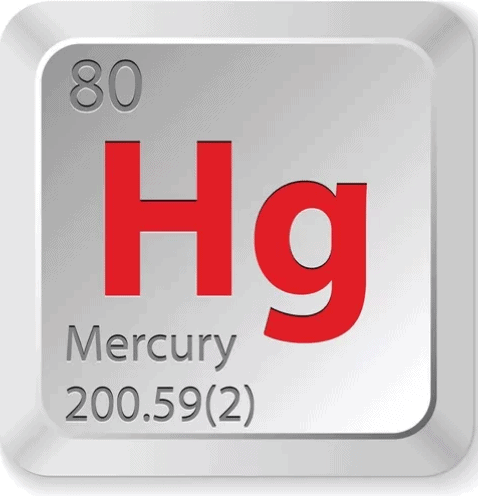
Use Of Mercury
Another hazard posed by the use of CFL bulbs is the use of mercury in the manufacturing process. While it is a small amount of mercury, it still poses a potential hazard. There are no emissions of mercury from a functioning CFL bulb. However, should the bulb break or crack, the mercury will be released and pose a serious risk.
For this reason, it is especially important to handle CFL bulbs with the utmost care. If these bulbs are improperly stored or handled, there is an increased risk of the bulbs suffering damage that can result in cracks or breaks which will in turn release mercury.
Dangers Of Mercury
Mercury is a naturally occurring metal that is present in the air, water, and soil. In nature, it is usually found in very small quantities that do not pose any risk to our health. However, different manufacturing processes and products like CFL bulbs use this toxic chemical element. It is very important to be aware of what products contain mercury to make sure you are not putting yourself or others at risk.
Mercury toxicity is caused by exposure to high doses of the harmful chemical. Those experiencing mercury toxicity may experience mild to severe symptoms. Some of the symptoms of mercury poisoning include skin irritation, eye irritation, stomach pain, chest pain, coughing, difficulty breathing, and headaches. Other symptoms include weakness, indecision, and exhaustion. While the amount of mercury in CFL bulbs is relatively small, they still contain a dangerous chemical and should be handled and used with caution.
Alternatives To CFL Bulbs
Many people unknowingly buy CFL bulbs without the awareness of their potential for fire hazards. Becoming aware of the potential of CFL bulbs will likely have you looking towards alternatives for your home. Luckily, there are a few options available that are considerably safer for you to use. Using safer alternatives to CFL bulbs in your workspace or home allows you to reap the benefits of energy efficiency without the potentially hazardous drawbacks associated with compact fluorescent bulbs. Let’s go over some alternatives to CFL bulbs and discuss the pros and cons of each.
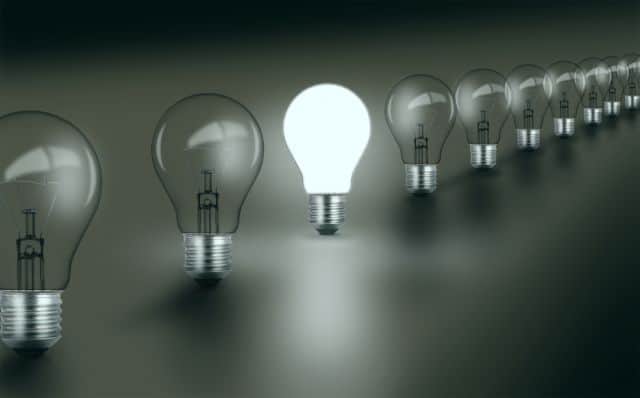
Incandescent
Incandescent bulbs are the traditional bulbs used in homes and facilities. It is an older technology so it is not nearly as energy efficient as CFL bulbs or LED bulbs. They do not pose a fire risk like CFL bulbs. However, the heat levels these types of bulbs produced mean more clearance from drapes, light shades, or flammable materials. Chances are you’ve come across an incandescent bulb at some point as they have been used for a long time. While they do not pose the same dangers as CFL bulbs, they do come with their own set of drawbacks.
Incandescent bulbs get very hot when in use. This is because the technology converts more of the electricity into heat rather than light making them significantly less energy efficient than other new bulb technologies. While this is a drawback, this technology also creates an appealing color range of the light the bulbs produce. Incandescents produce warm orange light which many people prefer over the bright white light produced by CFL and LED bulbs. Some LED bulbs and CFL bulbs come in different color schemes to produce a warmer, less glaring light.
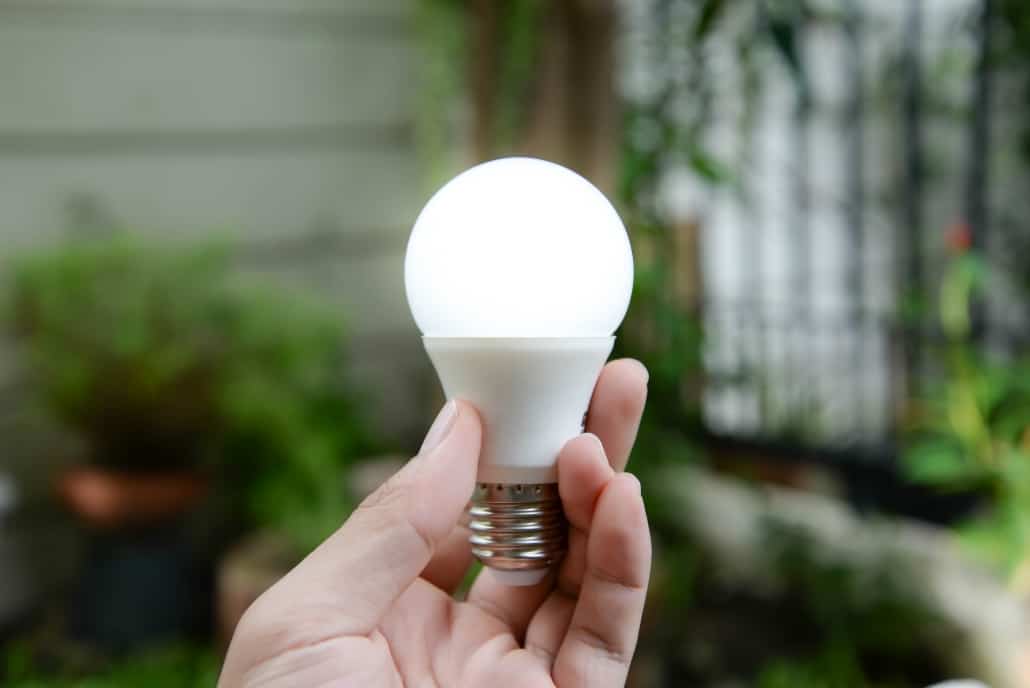
LED
LED light bulbs have grown immensely in popularity over the last few decades. The technology is significantly more energy efficient than traditional incandescent bulbs. These types of bulbs are much brighter than older technologies and run much cooler than other models. This makes them much safer and less heavy on your electrical bill. LED technology is widely used in technology like phone screens, computer screens, and television screens. It is great to use in electronics as it runs cool and doesn’t heat up the device.
Unlike CFL bulbs, LED bulbs don’t pose the same risk as starting fires. This is because they don’t use the same technology as the internal ballast that is often responsible for fires caused by CFL bulbs. This makes them a significantly safer choice for use in your home. Since many people opt for CFL bulbs for their energy efficiency compared to incandescent, LED bulbs often make the most sense as an alternative so you still get the energy conservation without the potential fire hazards.
Make Sure To Check For Compatibility
If you do decide to use CFL bulbs in your home, make sure to check for compatibility. This goes for all light bulbs regardless of which technology or type you decide to use. Different devices and light fixtures have certain specifications when it comes to the type of bulb they support. Make sure to check the details on each of your fixtures and lighting devices when choosing a light bulb. While it may seem like you can grab nearly any bulb off the shelf, this is simply not the case.
Using the right bulb for your fixtures and devices will help to prevent any complications or malfunctions that can cause potentially hazardous situations. Some devices like dimmers may not even work correctly if you choose the wrong bulb. It is worth the extra time and energy to double-check the specifications of your various devices to make sure your bulb isn’t going to pose any dangers while in use.
CJM Lighting & Electricity For Bright and Safe Homes
At CJM Lighting & Electric, we know that many consumers prioritize energy efficiency in their homes. Our company specializes in energy management solutions and energy-efficient lighting systems. We use the latest LED technology to ensure our clients get the full experience and benefits of energy-efficient lighting. Our team has the skill and expertise to design, retrofit, upgrade, and install lighting systems for both the interior and exterior of your home or facility.
With rising energy costs, it is worth the investment to switch over to a more efficient lighting system. In addition to savings on lighting bills, newer lighting systems increase property value, enhance work environments, and benefit the environment. There are even government and utility incentives and rebates available to businesses utilizing green technology in the workplace. Contact us today to learn more about how we can transform your lighting system to a safe and efficient design.

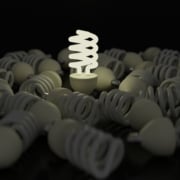











Leave a Reply
Want to join the discussion?Feel free to contribute!